🐝 Bumblebee: Please don't go away 🐝
The U.S. has designated the rusty patched bumblebee an endangered species.

The U.S. Fish and Wildlife Service has designated the rusty patched bumblebee an endangered species — the first such designation for a bumblebee and for a bee species in the continental U.S.
Source\ https://www.fws.gov/midwest/endangered/insects/rpbb/factsheetrpbb.html
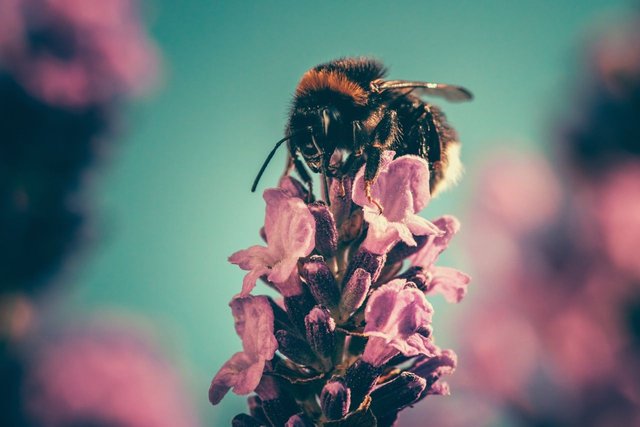
According to an article, “The Buzz About Bumble Bees,” in the current issue of National Wildlife, four once-common, widespread North American species have vanished from large portions of their former ranges. A fifth may already be extinct. Scientists report similar losses across Europe, South America and Asia.
Bumble bees face many threats, including habitat loss, pesticides, introduced diseases, climate change and competition from honey bees, says Sarina Jepsen, endangered species program director for the Xerces Society for Invertebrate Conservation and deputy chair of the IUCN Bumble Bee Specialist Group.
A new, not-yet-published analysis conducted for IUCN concludes that up to a third of North America’s nearly 50 bumble bee species are declining.
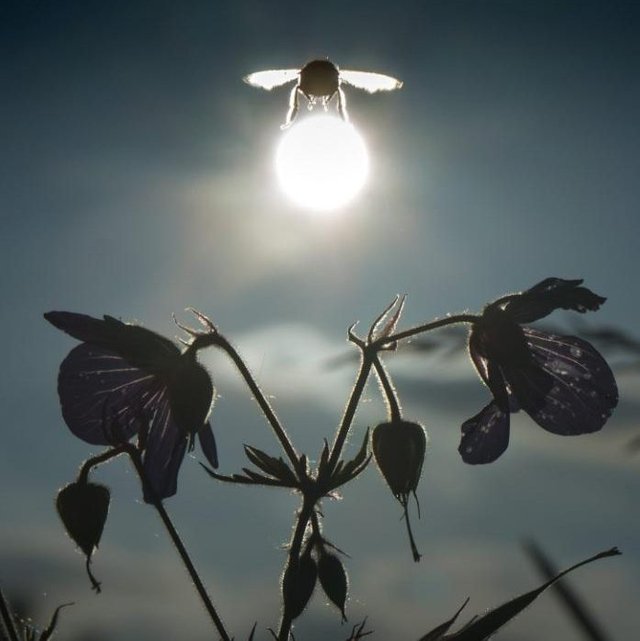
HELPING BUMBLE BEES AT HOME
The good news is that all of us—particularly wildlife gardeners—can help bumble bees in and around our own homes. Here are some of the most important steps you can take:
Bumblebee by Josh Mayes
A pollen-dusted bumble bee feeds on coneflower nectar in an Ohio backyard. Photo donated by National Wildlife Photo Contest entrant Josh Mayes.
PROVIDE POLLEN AND NECTAR FOR FOOD.
Active from early spring through late fall, bumble bees need access to a variety of nectar- and pollen-producing flowers so food will be available throughout all stages of the insects’ life cycle. Native plants are best because they have coevolved with indigenous bumble bees.
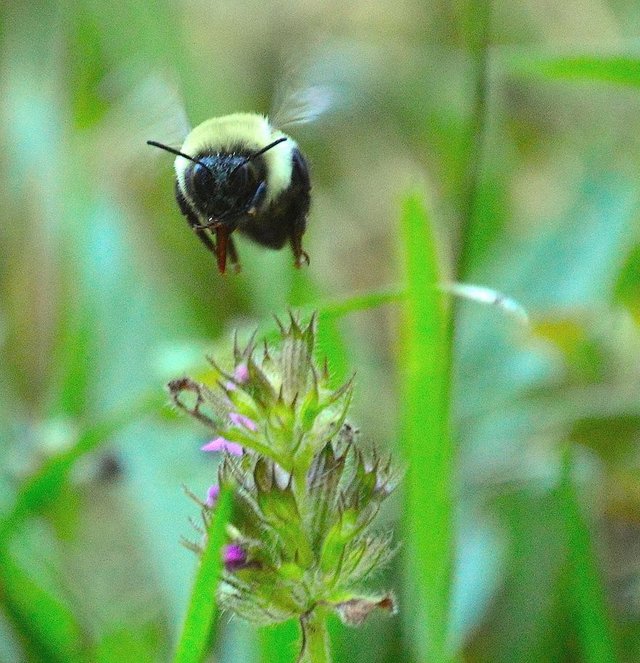
ENSURE BUMBLE BEES HAVE NESTING SITES.
Most bumble bees nest underground in holes made by larger animals, while others nest aboveground in abandoned bird nests, grass tussocks or cavities such as hollow logs or spaces beneath rocks. In gardens, they may also use compost piles or unoccupied birdhouses.
PROTECT HIBERNATION HABITAT.
Because most queens overwinter in small holes on or just below the ground’s surface, avoid raking, tilling or mowing your yard until April or May. If you do need to mow, do so with the mower blade set at the highest safe level.
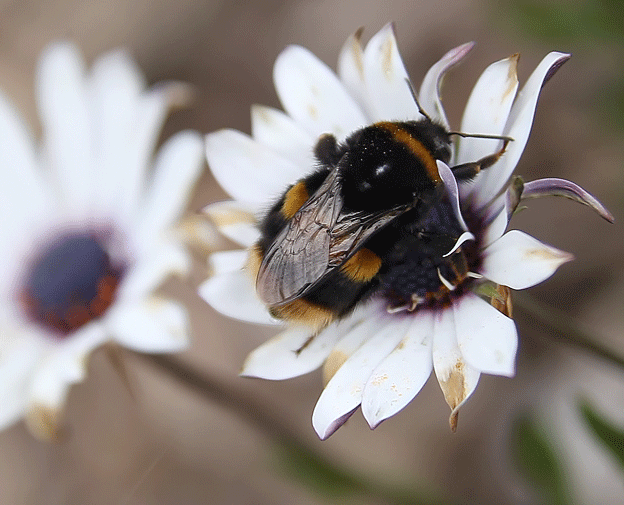
ELIMINATE PESTICIDES.
Both insecticides and herbicides should be avoided. In particular, steer clear of systemic pesticides such as neonicotinoids, which are taken up by the vascular systems of plants. This means bees and other pollinators are exposed to the poison long after a product has been applied when they feed on the plants’ nectar and pollen.
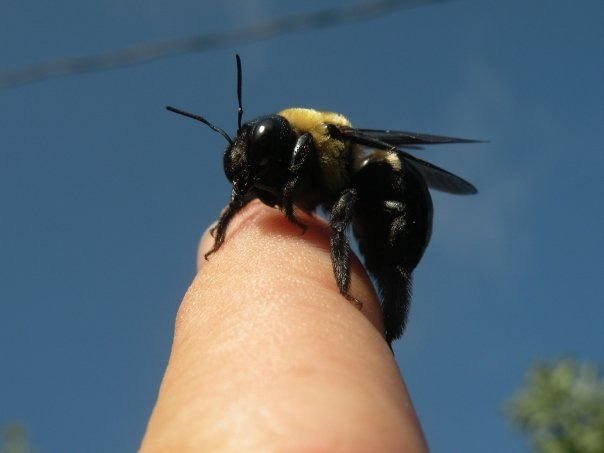
HELP SCIENTISTS STUDY BUMBLE BEES.
Report the bees you see in your yard or community to Bumble Bee Watch, a new citizen-science project sponsored by the Xerces Society and five North American partners.
Source\ http://blog.nwf.org/2014/04/5-facts-about-bumble-bees-and-how-to-help-them/

To all bots: Text sources are embedded within the texts
Great post! We need the bees! 🐝🐝🐝🐝 🐝
This article is the real bees knees 😉🐝 Thanks for sharing!